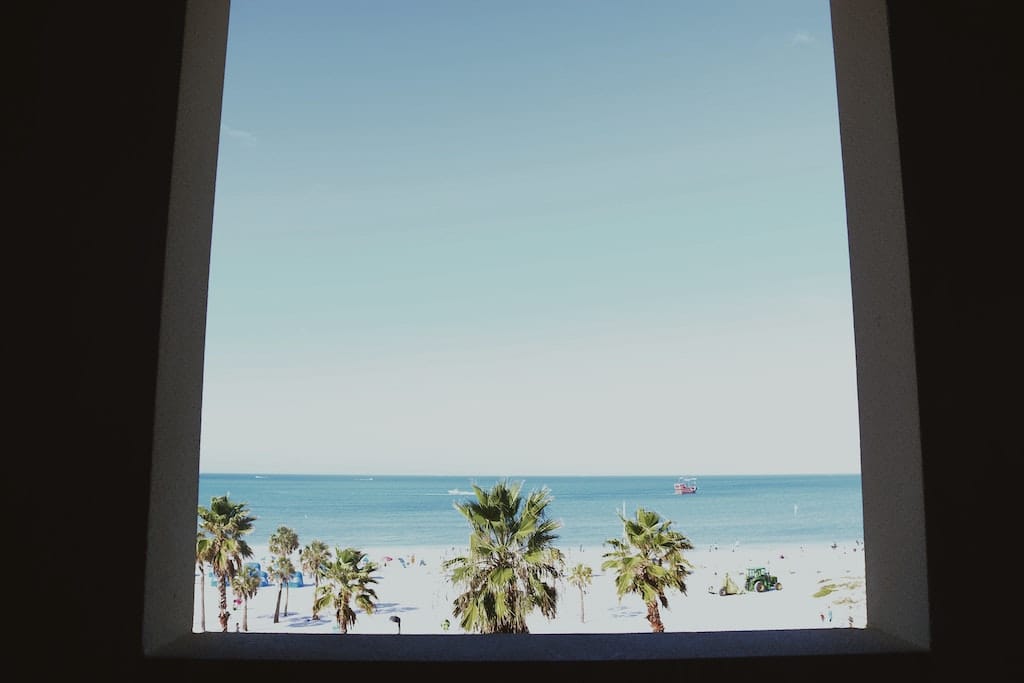All Categories
Featured
Table of Contents
Double Glazing Vs Triple Glazing: Which Should You Choose in Carine Western Australia
Glazing merely suggests the windows in your house, consisting of both openable and set windows, in addition to doors with glass and skylights. Glazing in fact simply means the glass part, however it is normally used to refer to all elements of an assembly including glass, movies, frames and home furnishings. Focusing on all of these aspects will help you to achieve efficient passive style.
Energy-efficient glazing makes your house more comfortable and dramatically decreases your energy costs. Nevertheless, inappropriate or badly designed glazing can be a major source of undesirable heat gain in summer season and substantial heat loss and condensation in winter season. Up to 87% of a home's heating energy can be gained and approximately 40% lost through windows.
What Is The Best Glazing For My Home? - Part 2 in Hamilton Hill Western Australia
Glazing is a considerable financial investment in the quality of your house. A preliminary financial investment in energy-efficient windows, skylights and doors can considerably decrease your yearly heating and cooling costs.

This tool compares window selections to a base level aluminium window with 3mm clear glass. Comprehending a few of the crucial residential or commercial properties of glass will assist you to select the best glazing for your house. Key homes of glass Source: Adapted from the Australian Window Association The quantity of light that travels through the glazing is called noticeable light transmittance (VLT) or visible transmittance (VT).
Double Glazed Windows in Roleystone WA
This might lead you to change on lights, which will result in higher energy costs. Conduction is how readily a product conducts heat. This is called the U worth. The U worth for windows (expressed as Uw), describes the conduction of the entire window (glass and frame together). The lower the U worth, the greater a window's resistance to heat circulation and the much better its insulating value.
If your home has 70m2 of glazing with aluminium frames and clear glass with a U value of 6. 2W/m2 C, on a winter's night when it is 15C chillier outside compared to indoors, the heat loss through the windows would be: 6. 2 15 70 = 6510W That is equivalent to the overall heat output of a large room gas heating system or a 6.
Insulated Glass Unit – Igu in Marangaroo Western Australia

If you pick a window with half the U worth (3. 1W/m2 C) (for instance, double glazing with an argon-filled gap and less-conductive frames), you can halve the heat loss: 3. 1 15 70 = 3255W The solar heat gain coefficient (SHGC) for windows (revealed as SHGCw) determines how easily heat from direct sunlight streams through a whole window (glass and frame together).
The lower a window's SHGC, the less solar heat it transfers to the house interior. Glazing manufacturers state an SHGC for each window type and style. However, the actual SHGC for windows is impacted by the angle that solar radiation strikes the glass. This is understood as the angle of incidence.
Twinglaze® Double Glaze Specification Act - Vic in Lockridge Perth
When the sun is perpendicular (at 90) to the glass, it has an angle of occurrence of 0 and the window will experience the optimum possible solar heat gain. The SHGC stated by glazing producers is always determined as having a 0 angle of incidence. As the angle increases, more solar radiation is shown, and less is sent.
Table of Contents
Latest Posts
Fitting A Cabin In Your Garden? Get Double Glazing Fitted Too in Connolly Perth
Brisbane's Best Double Glazed Windows in Stirling Western Australia
Twinglaze® Double Glaze Specification Act - Vic in Bickley Western Australia
More
Latest Posts
Fitting A Cabin In Your Garden? Get Double Glazing Fitted Too in Connolly Perth
Brisbane's Best Double Glazed Windows in Stirling Western Australia
Twinglaze® Double Glaze Specification Act - Vic in Bickley Western Australia